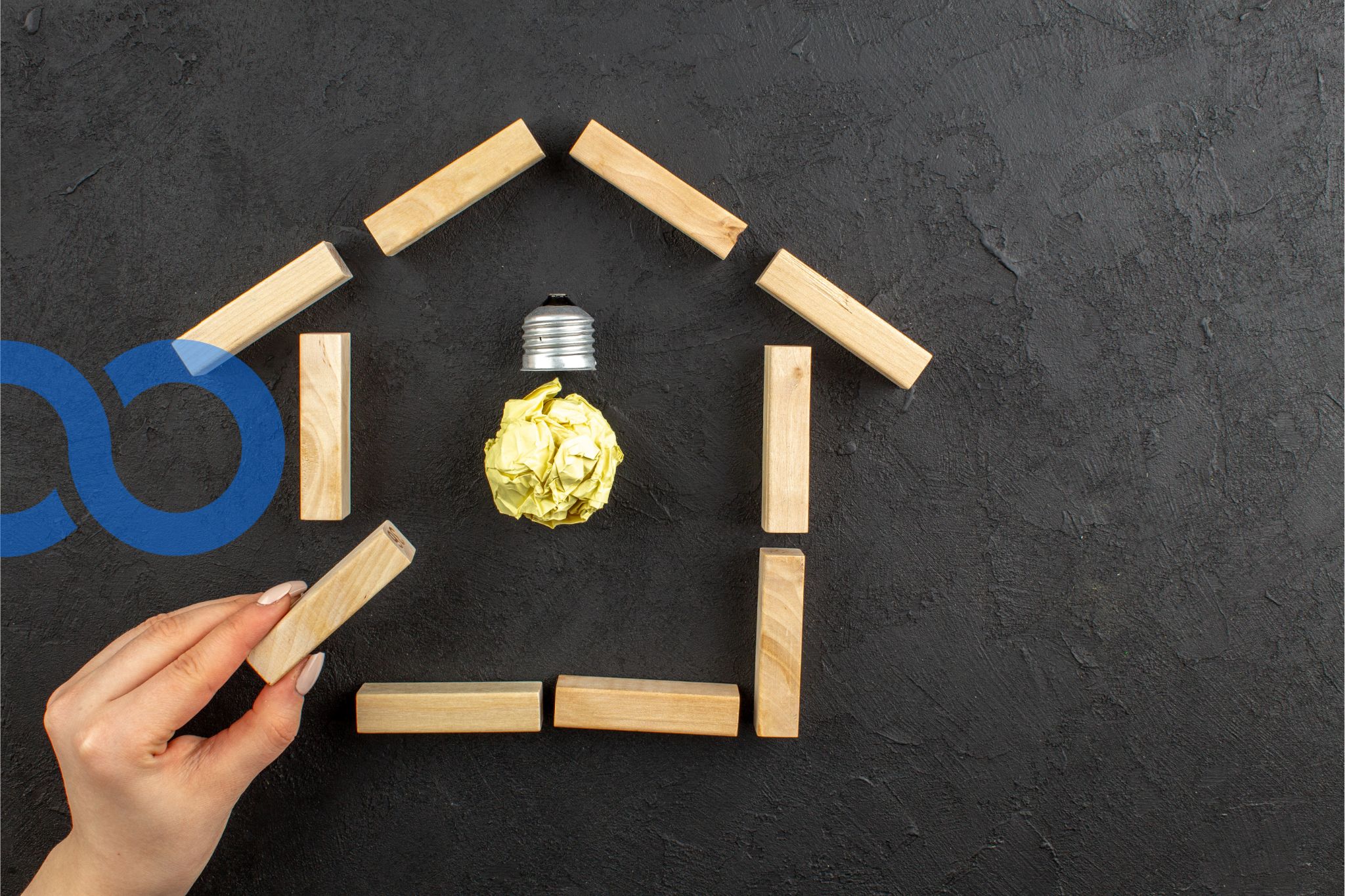The construction of eco-friendly homes relies on the utilization of materials and techniques designed to diminish environmental impact while ensuring the durability and energy efficiency of buildings. Below is a detailed overview of the eco-friendly materials and techniques employed in the construction of such homes.
- I-Certified Wood
- II-Natural Insulation
- III-Recycled Materials
- IV-Solar Panels
- V-Green Roofs
- VI-Eco-Friendly Paints and Finishes
- VII-Efficient Heating and Cooling Systems
- VIII-Bioclimatic Design
- X-Durable Flooring Materials
- XI-Conclusion
I-Certified Wood
The use of certified wood sourced from sustainably managed forests or recycled sources is a common practice in eco-friendly construction. Certified wood, such as FSC (Forest Stewardship Council) wood, ensures the preservation of forest resources while providing a sturdy and aesthetically pleasing structure for homes. The benefits of certified wood include its biodegradability, its capacity to store carbon, and its long-term durability.
II-Natural Insulation
Natural insulation materials provide an eco-friendly alternative to synthetic insulators. Sheep’s wool, expanded cork, recycled cellulose, or hemp are widely used materials in eco-friendly construction due to their thermal efficiency, low environmental impact, and renewability. These materials help reduce energy consumption for heating and cooling homes while offering optimal thermal comfort.
III-Recycled Materials
The use of recycled materials contributes to the reduction of construction waste and the preservation of natural resources. Recycled glass, recycled steel, recycled concrete, or compressed earth bricks are examples of recycled materials used in eco-friendly construction. These materials offer advantages such as durability, weather resistance, and low environmental cost.

IV-Solar Panels
The integration of photovoltaic solar panels into house construction enables the generation of electricity from solar energy. This renewable energy source reduces dependence on fossil fuels and greenhouse gas emissions. Solar panels can be installed on the roof or integrated into solar cladding systems to maximize electricity production.
V-Green Roofs
Green roofs, or vegetated roofs, are sustainable solutions that offer numerous environmental benefits. In addition to providing effective thermal insulation, green roofs reduce stormwater runoff, improve air quality, and provide habitats for local flora and fauna. Green roofs can be installed on both new and existing buildings and can be adapted to various climates and roof types.
VI-Eco-Friendly Paints and Finishes
The use of low-VOC (volatile organic compound) paints and eco-friendly finishes made from natural oils or waxes helps reduce indoor air pollution and create a healthy and comfortable indoor environment. These eco-friendly products are manufactured from renewable and non-toxic raw materials, making them ideal for eco-friendly homes.
VII-Efficient Heating and Cooling Systems
The installation of geothermal heating systems, heat pumps, or heat recovery ventilation systems helps reduce energy consumption and greenhouse gas emissions. These systems harness natural resources such as heat from the ground or outdoor air to heat or cool homes efficiently and sustainably.
VIII-Bioclimatic Design
Bioclimatic building design involves leveraging local climatic conditions to maximize occupant comfort while minimizing energy consumption. By considering solar orientation, natural ventilation, and room layout, bioclimatic buildings maximize the use of natural light, reduce heating and cooling requirements, and create comfortable and healthy indoor environments.
X-Durable Flooring Materials
Durable flooring materials such as bamboo, cork, linoleum, or ceramic tiles made from recycled materials provide an eco-friendly and aesthetically pleasing alternative to traditional flooring. These materials are durable, easy to maintain, and contribute to reducing the carbon footprint of homes.
XI-Conclusion
By combining these eco-friendly techniques and materials, it is possible to construct homes that reduce carbon footprint, preserve natural resources, and provide a healthy and comfortable indoor environment. Eco-friendly construction is a sustainable and responsible approach that contributes to environmental preservation for future generations.



